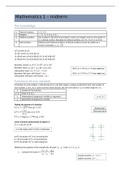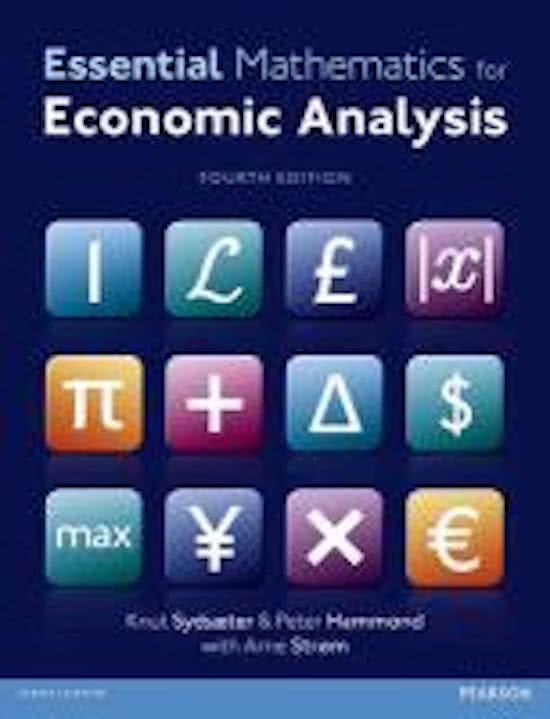Summary
Mathematics 1 summary midterm - UNIVERSITY OF AMSTERDAM
- Course
- Institution
- Book
This document is a summary of all theory in the mathematics 1 course that should be known for the midterm in 2021. Sometimes an example is added to explain the theory even better. Mathematics 1 is a course at the University of Amsterdam.
[Show more]




